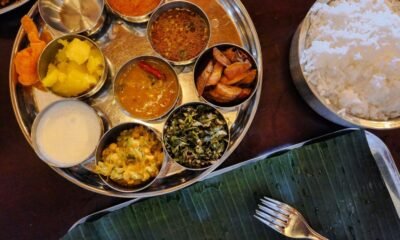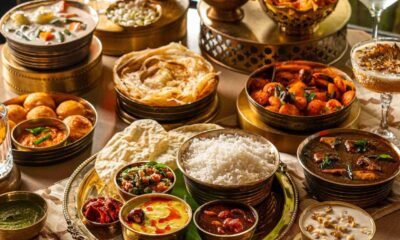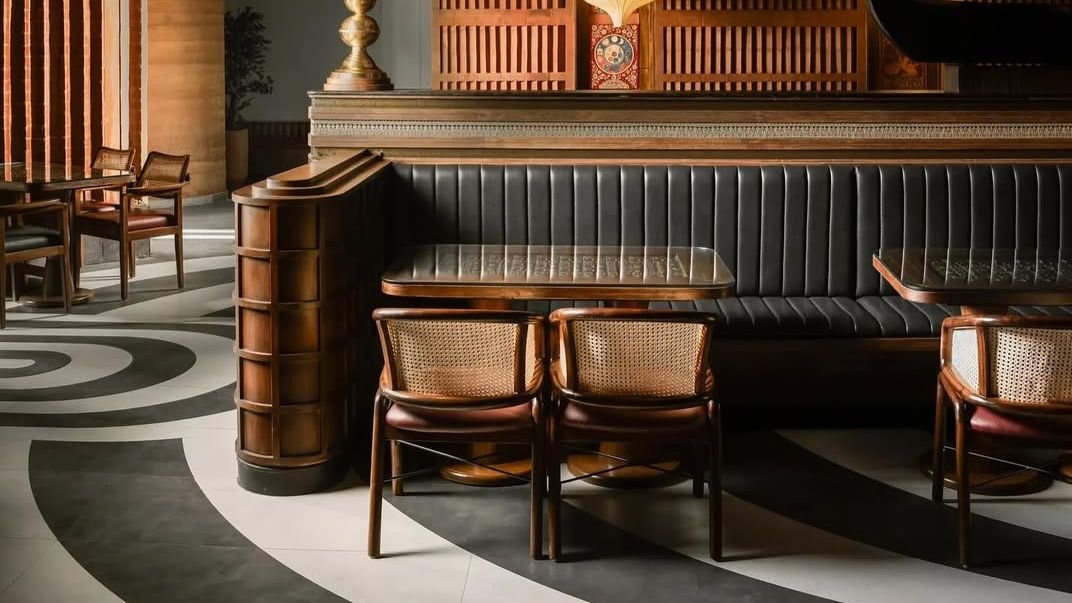Restaurants & Food
Rude Food by Vir Sanghvi: Things are going south
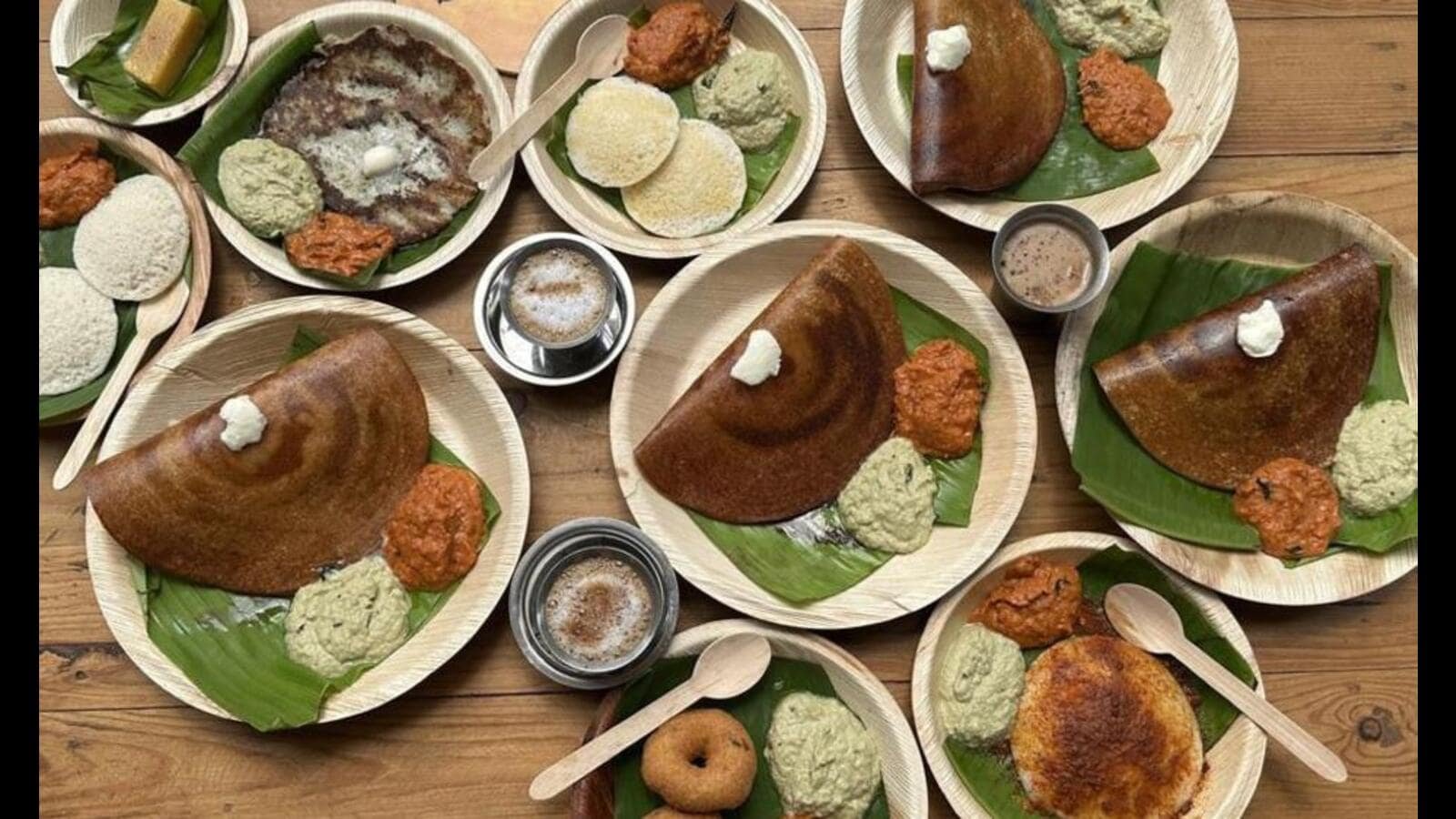
It’s both puzzling and a little gratifying. Whenever you mention dosas to knowledgeable foodies, they look at you a little superiorly and ask, “But do you like benne dosa?”
A new restaurant serving benne dosa in Mumbai is jam packed, people look for the dosa in Delhi at Carnatic Café, and hotels are rushing to put it on their menus. I realised how far the benne dosa’s fame had spread when Daniel Humm, chef-patron at the three-Michelin-star Eleven Madison Park in New York, came to India last year. One of the first things he asked me was, “Where can I get a benne dosa?”
Just as bragging about benne dosa has become a way for foodies to demonstrate that they are connoisseurs who will not be satisfied with a simple Udupi masala dosa, there is a new snobbery about biryani too. The days when people bragged about perfect Lucknow biryanis gave way to boasts about the biryanis of Kerala. But now, there is less snob value in talking about Malabar or Thalassery. Instead, the one to mention is from another part of South India: Donne biryani.
I find all this slightly mystifying but am, nevertheless, gratified because both dishes are closely identified with a city I love: Bengaluru.
I am not sure when these dishes suddenly became names to drop. I have been eating benne dosas in Bengaluru for years and whenever I mentioned this, nobody really gave a damn or was at all impressed. Likewise with donne biryani, which I (perhaps wrongly) enjoyed mostly for the Bannur lamb with which it can be made.
To take the benne dosa first, if you have not come across it, then think of the set dosas of South India. These are smaller, thicker and spongier than the large thin dosas made famous by restaurateurs from Udupi all over India, and they’re often homemade.
A benne dosa can look a little like them, though these days, people make benne dosas in all sizes. The difference is in the texture: benne dosas are crisp on the outside and tender in the centre. And they also taste different.
The secret is in the name. Benne means butter.
There are various competing origin stories, but it is certainly not an ancient dish. The most commonly accepted version of its creation dates back to Davanagere, around 250 km from Bengaluru, where a woman called Chenamma is credited with inventing it in the 1930s. Her sons opened successful dosa outlets in the 1940s and it slowly spread from there to Bengaluru and other places in Karnataka.
Its defining characteristic was that it used white homemade butter, which suggests that a pan-Indian restaurant cuisine may have emerged earlier than we realised; the closest parallel is with the butter-rich breads of Punjab.
Davanagere is still a centre of the benne dosa tradition, but the dosa is now, for all practical purposes, a Bengaluru dish.
While researching this piece I spoke to a variety of chefs and got a variety of recipes. The key point of difference is the batter. As Naren Thimmaiah, Karnataka’s greatest chef, told me, some cooks just use the normal dosa batter, but others make a special batter. Praveen Anand, who set up the Dakshin restaurants for ITC, says that some chefs add a little rava for crispness. Chef Kasi, the current chef at Bengaluru’s Dakshin, sticks to the normal batter, but increases the proportion of urad dal because, he says, a benne dosa needs to be softer in texture than a normal dosa. Ragi, said to be part of early recipes, is rarely mentioned.
Ananya Bannerjee, the well-known chef and cookbook writer, has also been following the benne dosa craze and her conclusions are broadly the same. Yes, there can be variations in the batter recipe but as the popularity of the dish has grown and more restaurants have begun serving it, convenience has led cooks to use one batter for all dosas.
Often, this is also true of the masala served with the dosa. This is a more serious matter because as chef Naren explained to me, the dish should have its own masala potatoes, less spicy than the masala used in normal Udupi restaurants. Chef Kasi agrees. He makes what he calls “white potatoes”, a milder filling.
But in the end, I am not sure how much any of this matters to most guests. For them, the appeal of the dish lies in the taste and texture imparted by the generous use of butter. These days benne dosas are cooked in Amul butter and are served with even more butter on top.
The donne biryani story is a little more complex. There is no one single point of origin and the name is no help. Donne refers to the cups made from dried palm leaves in which street vendors often serve the biryani. As Praveen Anand points out, such leaf-cups are used all over South India and are not restricted to this biryani.
In most respects Karnataka’s donne biryani is not terribly different from other South Indian biryanis. It uses small-grain rice, not basmati, and has none of the northern touches such as saffron, or claims about layering and dum cooking.
It may be a rice dish that is unrelated to the biryani tradition of the north (despite its current name), but as no one can point definitively to its origins, we cannot be sure.
Two theories are common. One is that it is a Maratha dish which Kannadigas accept with surprising equanimity, unlike Tamils who get incandescent with rage when it is suggested that their sambar comes from the Marathas. If the Marathas did invent it, then donne biryani is even less likely to have a connection to the Mughal biryani tradition.
A second theory is that it was the food of armies because it is often associated with restaurants that are called military hotels in Karnataka, one or two of which even claim to have originated it.
Either story (or both) may or may not be true, but as chef Naren points out, what makes it special is the spice mix (including mint) which gives it a green colour. Even Praveen Anand agrees when the biryani is cooked properly the spices give it “a fantastic flavour”.
Apparently, you can make a donne biryani with meat or chicken, but I have always had the version made with Bannur lamb. In my wilder moments, I even think of the whole biryani as being no more than a vehicle to convey the brilliance of the lamb.
Bannur is a district in Karnataka and its characteristic sheep are small and white with brown faces and long droopy ears. Their meat is terrific, perhaps the best lamb in India, and is much prized by great chefs like Naren.
In an ideal world, all donne biryani would be made with Bannur lamb. But because the meat is so expensive, it is normal to find chicken and goat biryani. A lot of people enjoy these versions, but if you are going to give in to food snobbery then Bannur lamb is a must.
Better still: Forget about the snobbery and just enjoy the dishes.
From HT Brunch, March 22, 2025
Follow us on www.instagram.com/htbrunch
Restaurants & Food
28 new restaurants in India you should grab a meal at this August – Vogue India
Restaurants & Food
The Taste by Vir Sanghvi: Indian restaurants shine globally with Michelin stars and authentic flavours
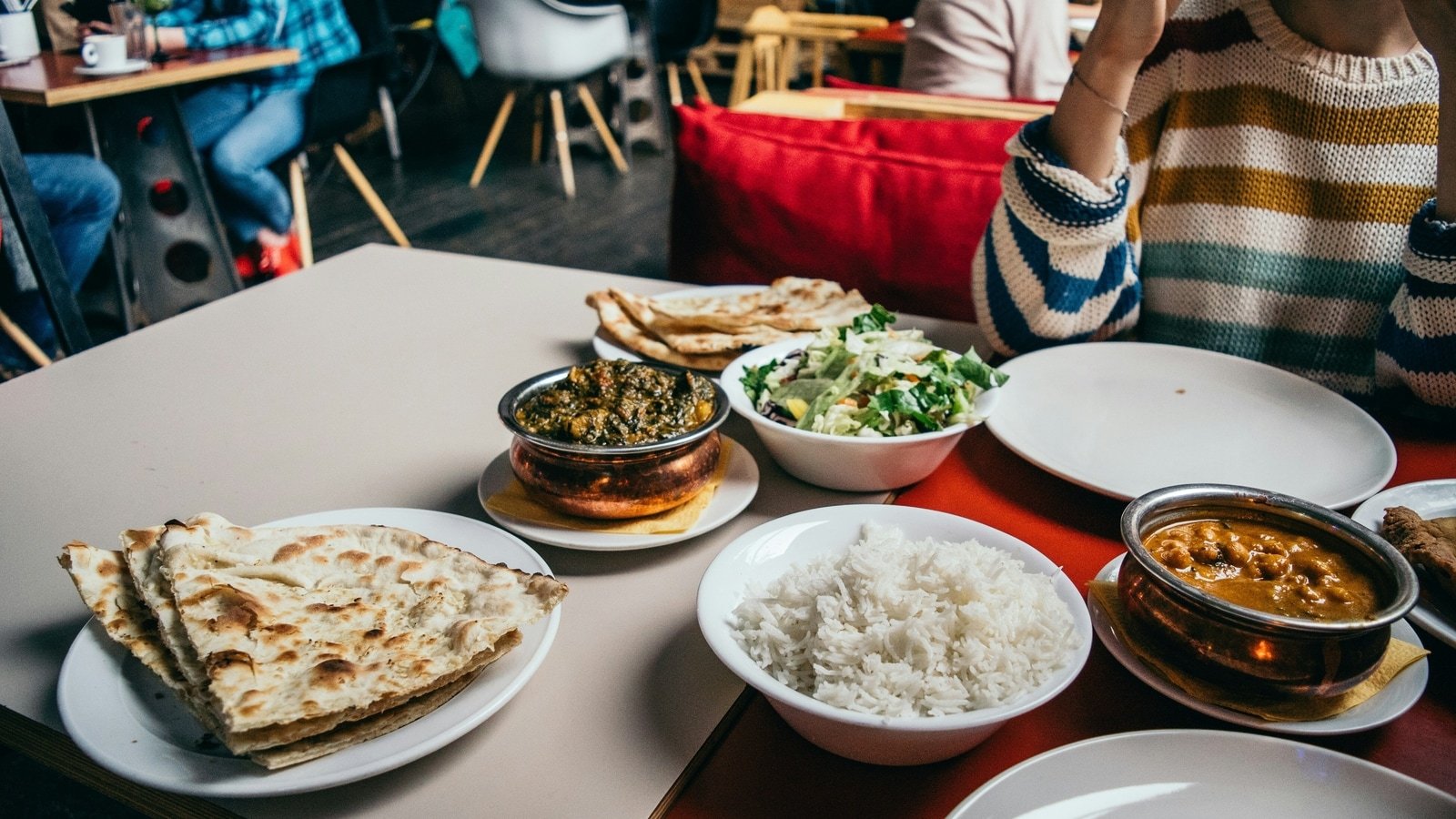
You have probably heard of Semma, the only Indian restaurant in New York to win a Michelin star. And of Gymkhana, the only Indian restaurant with two Michelin stars in London. Of Jamavar, the only Indian restaurant in the world to have won Michelin stars in three different avatars in three different cities: London, Doha and Dubai.
What, you may well ask, do these restaurants have in common?
There are two answers to this question. The first is the obvious one: they are all Indian restaurants run by chefs who have worked or trained in India. Vijaya Kumar of Semma is very proud of cooking the authentic cuisine of Tamil Nadu’s not-so-elevated castes and makes it hot and spicy. (He started out at the Taj Connemara in Chennai.) His boss, and one of the founders of Unapologetic Foods, which owns Semma, Chef Chintan Pandya, says that the group gets its name from its determination to refuse to apologise for the flavours and oil that characterise Indian food. (Chintan is ex-Oberoi.)
In London, one of the first things that Karam Sethi, the chef-founder of Gymkhana, said to me when I called to congratulate him on Gymkhana’s two stars was “it’s real Indian food, not ‘modern’ Indian.” Gymkhana serves the sort of food Indians actually eat, not a poncy, spice-deprived version. Gymkhana’s Executive Chef Sid Ahuja is ex-Oberoi and Sethi himself trained with ITC.
The most recognisable Indian of the top global restaurants is Jamavar. It was founded by Dinesh Nair, whose family used to own Leela Hotels, and is run by his whiz-kid daughter, Samyukta. The London Jamavar is international in clientele but you will nearly always see a top Indian movie star or cricketer there. This may have something to do with the fact that its chef, Surender Mohan, commands after his years working with the Leela group in India.
Samyukta and Surender took Jamavar to Doha where it became just one of two restaurants to win a Michelin star. (The other restaurant with a star is run by Alain Ducasse.) Next, they opened in Dubai and within a few months of opening, they had a star there too.
I met Surender at the Michelin ceremony in Dubai and was pleased to see that he was one of the few chefs not to be intimidated by the occasion and he gave the longest and best speech of the evening. But then I guess he is now used to attending these events in city after city.
Clearly something new and unusual is happening with Indian food abroad even if we don’t fully understand it here in India. There have been, broadly, four phases with Indian food in the West. The first was the ‘ethnic food’ phase when Indian food became the browner equivalent of chop suey and restaurants served mostly made-up Indian dishes at inexpensive prices.
The second was when Indian food went upmarket but was also Frenchified and plated. In the UK, restaurants serving this kind of food were celebrated and some got Michelin stars. In New York, Floyd Cardoz served two kinds of cuisine. At Tabla, he served a nouvelle take on Indian food and got three stars from the New York Times. But downstairs, at the Bread Bar, the food was more basic and less nouvelle. Even so, the general rule was that if you wanted rave reviews and high-profile rich guests, then you moved away from traditional Indian.
The third phase coincided with a global change in food preferences when French food ceased to be as admired as much. As El Bulli and later, Noma, set the trend, this was reflected in Indian food too. Gaggan Anand worked with the Adria brothers of El Bulli and opened a restaurant in Bangkok that served the kind of Indian food nobody had imagined could exist. Also, in Bangkok, Garima Arora opened Gaa which went on to win two Michelin stars. There was a fair amount of cross-fertilisation. Garima had worked with Rene Redzepi at Noma and with Gaggan. Redzepi himself had worked at El Bulli.
Almost simultaneously, Manish Mehrotra, whose resume included no great restaurants, invented his own version of modern Indian cuisine at Delhi’s Indian Accent. Mehrotra’s background was oriental cuisine so he had no interest in Frenchifying his food. Mehrotra and Gaggan ended up being the most influential Indian chefs of this century with their dishes being copied all over the world.
Himanshu Saini, the only Indian chef with a restaurant that has three Michelin stars (Dubai’s Tresind Studio) worked with Manish and is candid about his debt to the master.
But now I think we are into a third phase. People want Indian food without the frills. They want to eat like Indians eat in India. Vikas Khanna, India’s most famous chef, opened Bungalow in New York, serving food that was no different to the food he would serve in India and got three stars from the New York Times, and there’s usually a queue for tables outside his restaurant. At the less expensive end of the market Dhishoom which claims to be inspired by Mumbai’s Irani restaurants is so successful across the UK that it has now set its sights on America.
Of course, no change is absolute. There are still Bangladeshi curry houses calling themselves Indian restaurants. The Frenchified expensive Indian restaurants survive. The Gaggan-style modern Indian is still a rage.
But the trend is clear: Keep it simple and keep it spicy.
Restaurants & Food
Food Picks: Modern Indian with a Western twist at Firangi Superstar
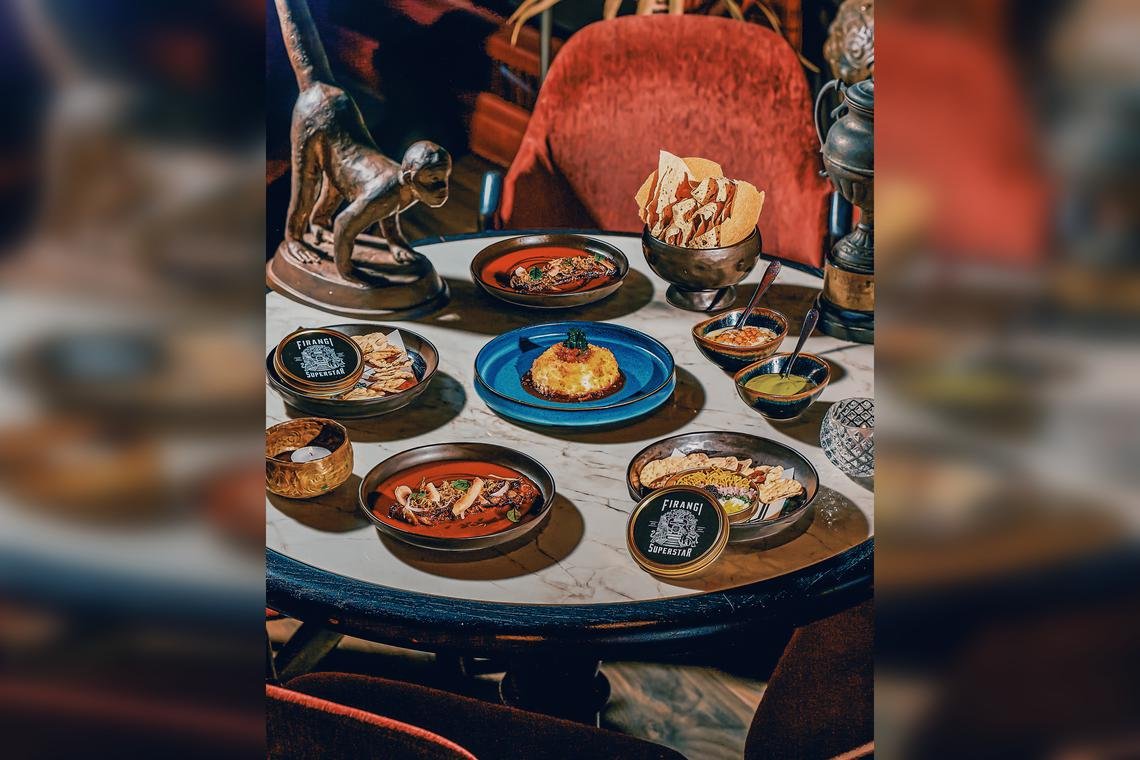
SINGAPORE – Do not be fooled by Firangi Superstar’s plain terracotta exterior. There is nothing minimalist about the experience here.
It overwhelms before the first bite even hits the table, spinning you through rooms crammed with memorabilia. Think American film-maker Wes Anderson on a trip through Delhi, a kind of kitschy fantasyland for colonial nostalgists wrapped in ornate wallpaper and studded with vintage firearms.
Thankfully, this meeting of worlds is far more amicable when confined to the kitchen of this modern Indian restaurant, which opened in 2021.
Firangi Superstar’s decor is as bold as its menu.
PHOTO: FIRANGI SUPERSTAR
Have a seat. Red? Blue? Cushion? Chair? Oh, here comes the menu, recently revamped and folded into a newspaper – with actual clippings, by the way, just in case you were done gawking at the mounted moose heads on the wall and wanted something else to look at.
Open it up. Today’s big story is a list of dishes, both old and new, Indian and international, all with characteristically eyebrow-waggling names.
Some riff off old iterations – This Is Also Not Aloo Gobi ($18++) still holds the traditional curry at arm’s length, even as it borrows its taste. Others squeeze in a winky pun – We’re Goan-Ing To Porto! ($96) beckons to diners with grilled Iberico pork and sorpotel chilli sauce.
Big personalities work only if backed up with big flavours, and Firangi Superstar’s bite is as good as its bark. Starters like Papi’s Jammed Gun ($29++), wagyu beef tartare with caviar, grated egg and gunpowder spice, and Big Baller Peperoner ($28++), its version of paneer Manchurian, with fried burrata and Manchurian chilli sauce, expertly fuse Western ideas with south Asian flair.
The Bengal Bake-Off from Firangi Superstar.
PHOTO: FIRANGI SUPERSTAR
Off to a riotous start, I move on to mains. The Bengal Bake-Off ($108++) is trotted out in show-stopping fashion: a salt-baked seabass emerges from its crust, tender and steaming, and is robed in Kasundi cream.
Back In The Saddle ($21++ for 100g) triumphantly rides in on tandoori-spiced lamb, crowned with confit garlic and chilli leaf. All these dishes also come in vegetarian form, should you so desire.
In the middle of this lip-smacking extravagance, a few humble sides quietly sneak their way onto the table. Turn your attention immediately to the black garlic naan ($14++). Look how pillowy the bread is, breathe in its nutty fragrance. You already know it is going to be a knockout.
End the night with some banoffee fritters ($14++) or Rasmalai “tres leches” ($16++). Recline back on your throne of pillows, cocktail or royal melon lassi ($20++) in hand.
Firangi – Hindi slang for foreigner – or no, one really does feel like a superstar here.
Where: 01-03, 20 Craig Road
MRT: Maxwell/Tanjong Pagar
Open: Noon to 2.30pm, 5.30 to 10pm (Mondays to Saturdays)
Info:
www.firangisuperstar.com
-

 Brand Stories2 weeks ago
Brand Stories2 weeks agoBloom Hotels: A Modern Vision of Hospitality Redefining Travel
-

 Brand Stories2 weeks ago
Brand Stories2 weeks agoCheQin.ai sets a new standard for hotel booking with its AI capabilities: empowering travellers to bargain, choose the best, and book with clarity.
-

 Destinations & Things To Do3 weeks ago
Destinations & Things To Do3 weeks agoUntouched Destinations: Stunning Hidden Gems You Must Visit
-

 Destinations & Things To Do2 weeks ago
Destinations & Things To Do2 weeks agoThis Hidden Beach in India Glows at Night-But Only in One Secret Season
-

 AI in Travel3 weeks ago
AI in Travel3 weeks agoAI Travel Revolution: Must-Have Guide to the Best Experience
-

 Brand Stories1 month ago
Brand Stories1 month agoVoice AI Startup ElevenLabs Plans to Add Hubs Around the World
-

 Brand Stories4 weeks ago
Brand Stories4 weeks agoHow Elon Musk’s rogue Grok chatbot became a cautionary AI tale
-

 Brand Stories2 weeks ago
Brand Stories2 weeks agoContactless Hospitality: Why Remote Management Technology Is Key to Seamless Guest Experiences
-

 Asia Travel Pulse1 month ago
Asia Travel Pulse1 month agoLooking For Adventure In Asia? Here Are 7 Epic Destinations You Need To Experience At Least Once – Zee News
-

 AI in Travel1 month ago
AI in Travel1 month ago‘Will AI take my job?’ A trip to a Beijing fortune-telling bar to see what lies ahead | China

